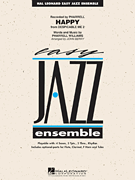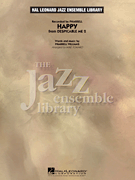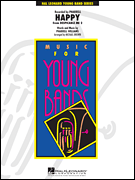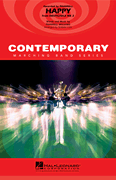Search Results for: “happy”
Loading...
5/16/23—Hal Leonard has announced the results of its 2023 Hal Leonard Vocal Competition. Established in 2011, it was one of the first legitimate music competitions held entirely on YouTube. Eligible singers from the US and Canada were able to enter, with no entry fee.
There were over 1000 entries this year in two divisions: Art Song and Musical Theatre. Four age categories comprise each: Children (ages 12 and under), Early Teens (ages 13-15), High School (ages 16-18), and College Undergraduates (ages 18-23). Hal Leonard awards over $10,000 in cash and gift certificates in its support of vocal music across North America, recognizing the accomplishments of singers and their voice teachers.
Art Song first-place winners in 2023 included Donna Megules of Medford, NJ; Katherine Ryan of Pearl River, NY; Maximus Taylor of Louisville, KY; and Sarah Fleiss of Philadelphia, PA.
Musical Theatre first-place winners were Vinya Chhabra of East Brunswick, NJ; Lily Yezdanian of Clifton, NJ; Lauren Huserik of Renton, WA; and Anna Zavelson of Ann Arbor, MI.
Rick Walters, Vice President of Classical & Vocal Music, stated: “We began the Hal Leonard Vocal Competition in 2011, and since then thousands of singers have entered, and we thank them for it. So many teachers have been longtime devotees to the competition. We have been happy to provide an outlet for achievement, as some past winners from the competition have become professional singers and performers. Sadly, 2023 will be the final year of the competition. As founder of the competition and head of the judging panel, I am retiring after 39 years at Hal Leonard and we have decided to retire the competition as well."
Information about the contest, as well as a complete listing of winners and top-placing videos for 2023–and previous years–may be found at halleonard.com/vocalcomp. A printed list of all winners can be found here. Visit the Hal Leonard Vocal YouTube Channel here.





